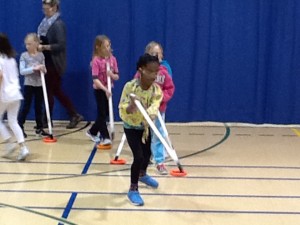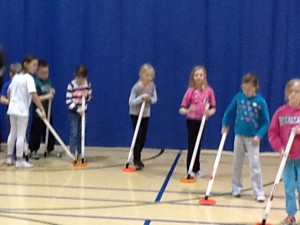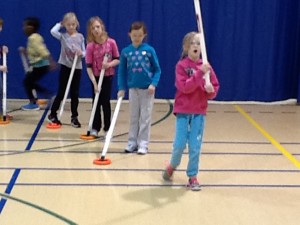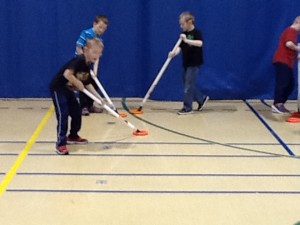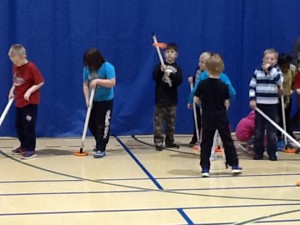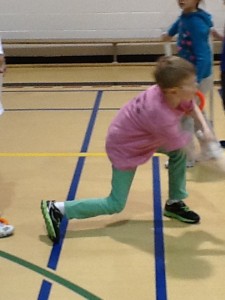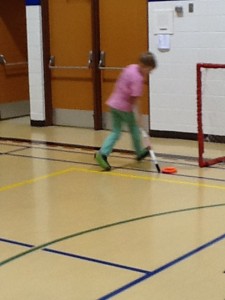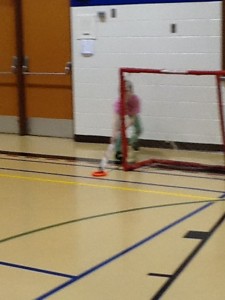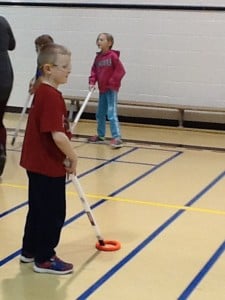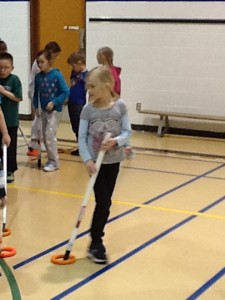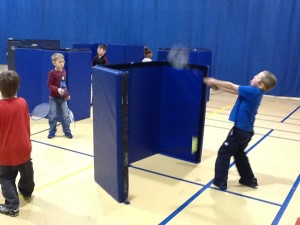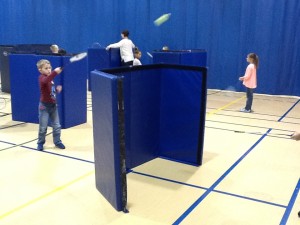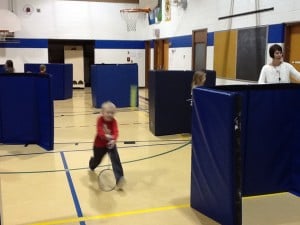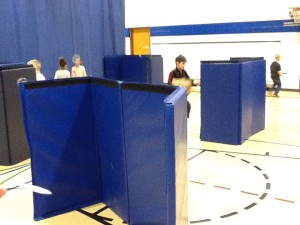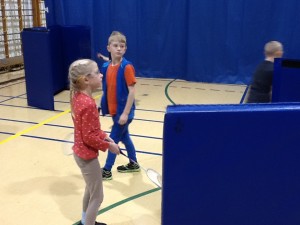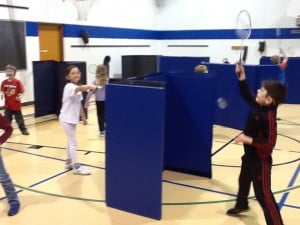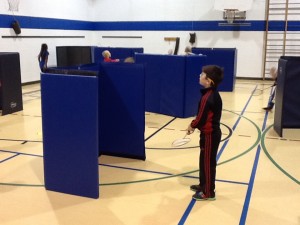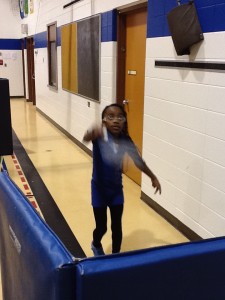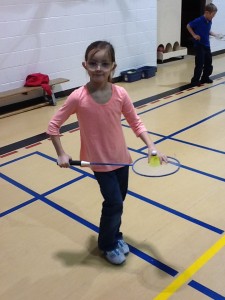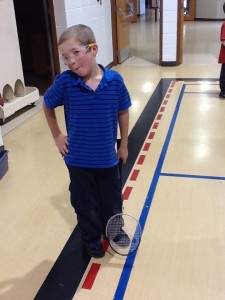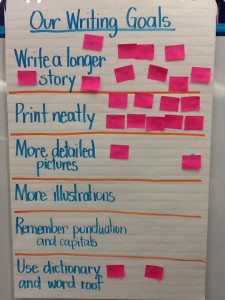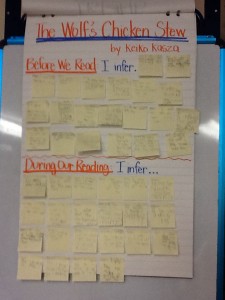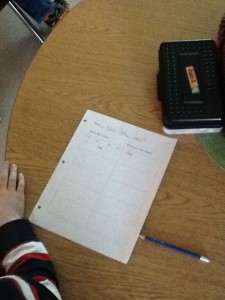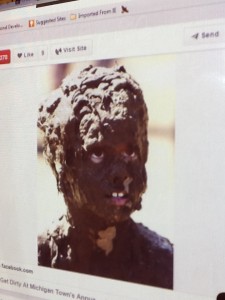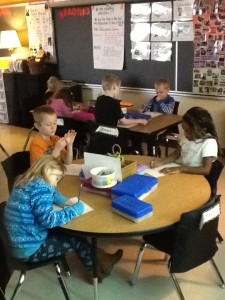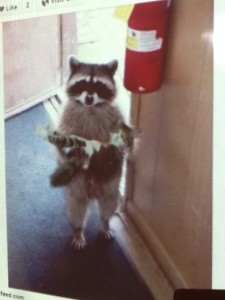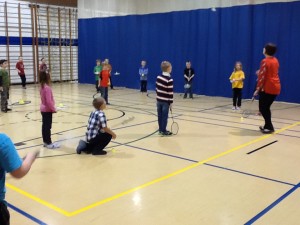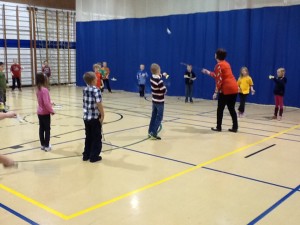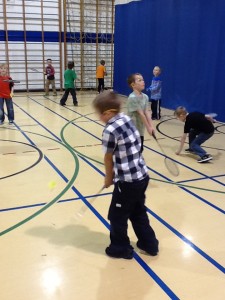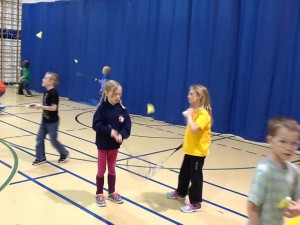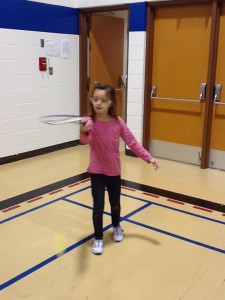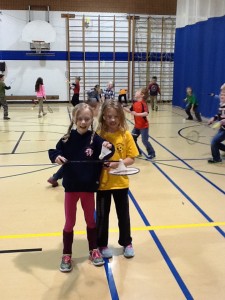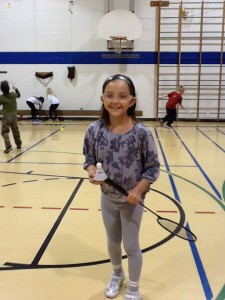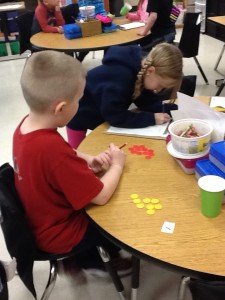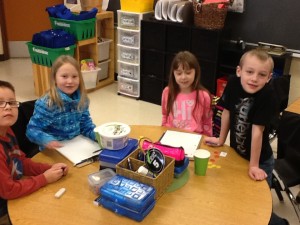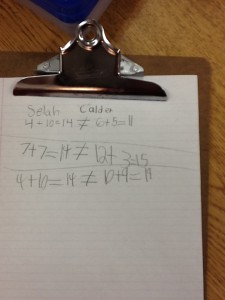I spent two days this past week doing a ministry directed reading assessment with each child. We were lucky enough to be given sub time to complete this because it takes a long time to listen to 25 children read one-on-one. Mrs. Martineau spent Monday and Tuesday with the class and I pulled kids all day and listened to them read. A lot of the children moved up one or two levels. I had many happy students 🙂
Here’s a little info on our PM Benchmark levels and how we assign reading levels: At Warman Elementary School, we assess student reading levels using the PM Benchmark program. When assessing your child’s reading level, three factors are considered. The first factor is accuracy. Accuracy is the percentage of words they read correctly. When your child is reading, they should be at least 96% accurate. When a child is reading with less than 96% accuracy, they may not understand what they are reading, and often times they become frustrated. The second factor is fluency. Fluency is the smoothness and pace in which they are reading. In order for children to understand what they are reading, they need to be able to read at a good speed. The third factor is comprehension. Comprehension is what they understand about the story. When assessing their comprehension, they must be able to summarize the story, including the important characters, events, and details from the beginning, middle, and end of the story. They also must be able to answer questions regarding what they understood about the author’s message. The six comprehension strategies that we focus on in our school are: Monitoring Comprehension: encouraging readers to think about their thinking as they respond to the words, pictures, and ideas in a text. Activating & Connecting: teaching young readers how to build knowledge and understanding by connecting what we already know to what we are reading. Asking Questions: showing children how to use questions to deepen their thinking and discover new information Inferring & Visualizing: showing students how to create pictures in their minds and merge background knowledge with the text clues to draw inferences (informed predictions). Determining Importance: helping children identify, organize, and share the important ideas detailed in a text. Summarizing & Synthesizing: guiding readers to see the bigger picture, pull together their thinking, and share their learning about the world. When your child is proficient with all three of these factors, they are then assessed at the next level. In order for children to become better readers, they need to read books at their level. If for example, they have higher than 96% accuracy and have sufficient comprehension, but their fluency is lacking, we may decide to keep them at the current level in order to work on their fluency. Learning to read is so much more than simply reading the words on a page. Understanding and comprehending a text is just as important as being able to decode new words and remembering sight words. Please keep this in mind as your child is bringing home leveled reading books that you might think are too easy. Each child develops reading skills at their own pace, just as each child develops walking, talking, and other activities on their own time. We want our students to be reading at least at a level 19 by the end of grade two, but we know that some students will not be. As long as each student is showing consistent growth in reading, we do consider those successes as well. Please don’t hesitate to contact me if you have questions or concerns about your child’s reading level.



